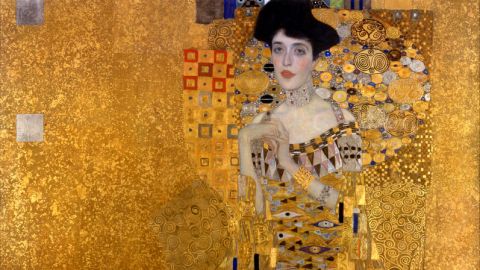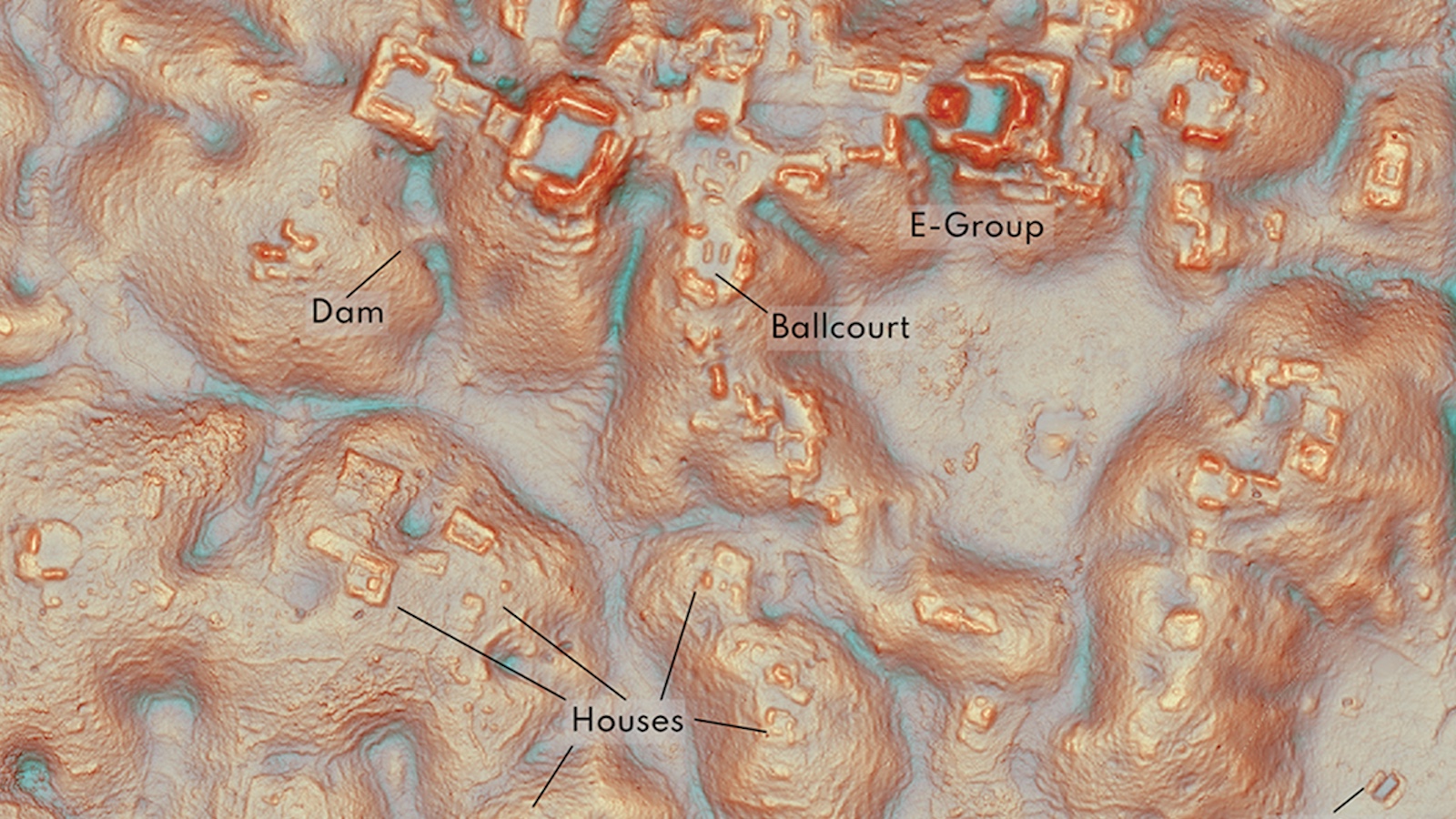Theory of Mind: Why Art Evokes Empathy

We have a sense of empathy with works of art. If we see gestures in a portrait, we actually almost simulate those gestures in our mind. We often implicitly act as if we are moving our arms in response empathically to what we see in the painting.
We also respond empathically to what we think the sitter is experiencing in their head. So we have what is called “a theory of mind” in which when I look at you, I have a sense of where you’re going and you have a sense of where I’m going. We have an enormous capability by just looking at the person we are interacting with, and particularly if we’re having a conversation, to predict certain aspects of future events simply by looking at them. This is an extraordinary capability that human beings have.
Of course, we have motivational systems that drive us in various ways. So we now understand this, not only in psychological terms, in cogno-psychological terms, but we understand this in terms of the specific regions that are involved. One way we’ve learned about the many functions of the brain is by people who have disorders of the brain. So there are people who have difficulty with recognizing faces. That’s a disorder called Prosopagnosia, which a clinician by the name of Joachim Bodamer first described in the 1940s. And he was the one that realized it’s this inferotemporal region that is involved in it. We now realize that that is not so rare. Ten percent of people are born with some degree of face blindness. It can be modest. It can be severe.
For example, Chuck Close, the great portrait painter, is face blind and compensates for that in a number of wonderful ways. He deals with paintings as if they were flat, which makes it easier for him to work with them.
We have people who suffer from autism, which is a disorder in social interaction which is extremely important in the beholder’s share. Without social interaction you can’t empathize with the person with whose face you’re looking at. In fact, most autistic people don’t have a beholder share. They don’t participate in the social interaction that’s involved in looking at a painting.
We also know that modulatory systems get recruited. For example, the cover of my book is a painting by Adele Bloch-Bauer for with Ron Lauder paid $135 million – the most ever paid for a painting at that time. What caused him to pay that much for this, granted, beautiful painting? Well it has a long history. He fell in love with the painting. And we know that if you fall in love, it’s like an addictive process. The dopaminergic system that gets recruited for pleasurable stimuli gets dramatically recruited for this.
So, if I show you a picture of a person you love, the dopaminergic system goes wild. If that person rejects you in a love relationship and I show you the picture, the dopaminergic system goes even wilder. So I like to think that when Lauder was 14 years old and saw this painting, his dopaminergic system went into high gear. And then he experienced unrequited love for all those years. He didn’t have the resources or the opportunity even to buy it until quite recently when the Austrians finally restored the painting to the family that had owned it. They put it on the market and he was, for the first time, in a position to buy. So this is unrequited love going over a period of decades that really sort of fired his dopaminergic neurons in my imagination, and drove him to really want this painting very badly. He bought it and he now gets enormous pleasure from having it hang in the Neue Gallery.
This is only a beginning. We don’t have a deep understanding of the beholder’s response, but it’s interesting that if you put together what we know from disorders of brain function and the normal physiology, we begin to understand an outline of what the beholder’s response is. And this is so important because in 1906 when Freud was active and Klink, Tolkuchka and Sheely, the artists were active, there was a major person at the Vienna School of Artistry called Alois Riegl. And he said that the problem with art history is, it’s going to go down the tubes because it’s too anecdotal, it’s too descriptive. It’s got to become more scientific. And the science it should relate itself to is psychology. And the key problem that it should address right off is the beholder’s share. You have a painting. That painting is not complete until the viewer responds to it.
In Their Own Words is recorded in Big Think’s studio.
Image courtesy of Shutterstock





